Filling System Issues to Consider
Peanut butter is put in a bottle by a liquid filling system, as is acetone. Peanut butter and acetone are both liquids but at opposite ends of the viscosity range. The bottle filling machinery needed to move peanut butter into a bottle differs significantly from the liquid filling machinery handling acetone.
Peanut butter is best handled by a piston filler that keeps the product warm, and therefore at a lower viscosity, driven by a strong pneumatic cylinder. Acetone can be gravity fed into an overflow filler.
Low vs. High Viscosity
The first step in identifying a liquid filling solution that matches your needs is to identify the characteristics of your product that basically depends on the nature of the product it has. For example- any product may have water-like low viscosity or higher viscosity like toothpaste. This will assist you in determining equipment solutions. Product viscosity affects several areas, your type of metering system, your fill rate, and a few other variables within the production equation. Identifying product viscosity is a necessary step in the process.
Type of Bottles for Filling Machines
Knowing the type of bottle that you are filling is also essential when trying to find your best filling equipment options. Whether you are filling glass or plastic, round or square, tall or short, small or large openings, stable or unstable bottles, these are just a few of the questions regarding bottle type that can affect the development and design of your liquid filling machine system.

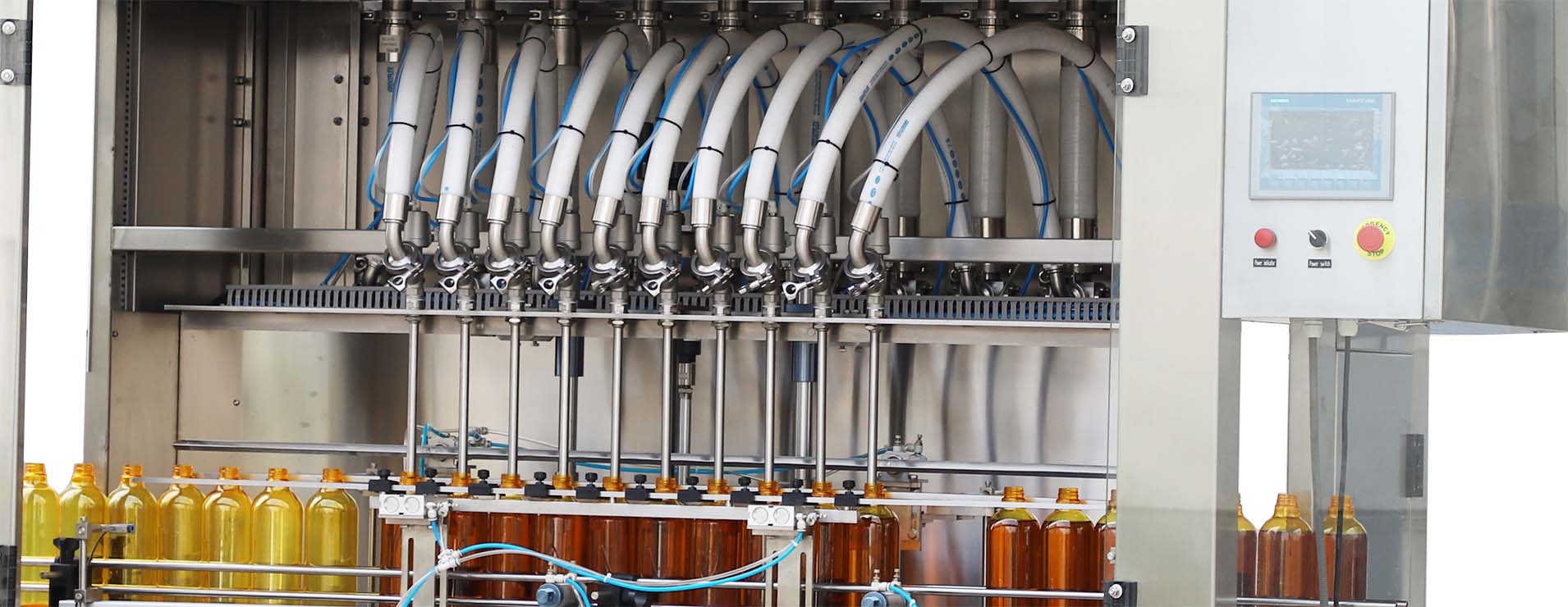
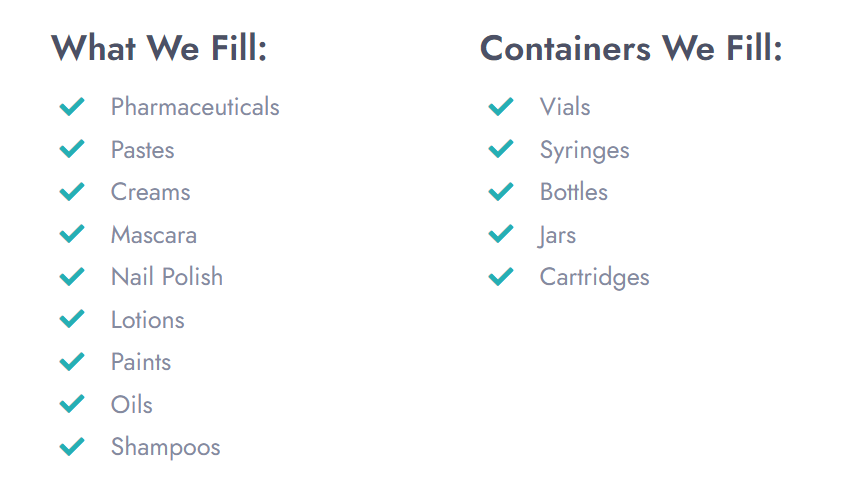
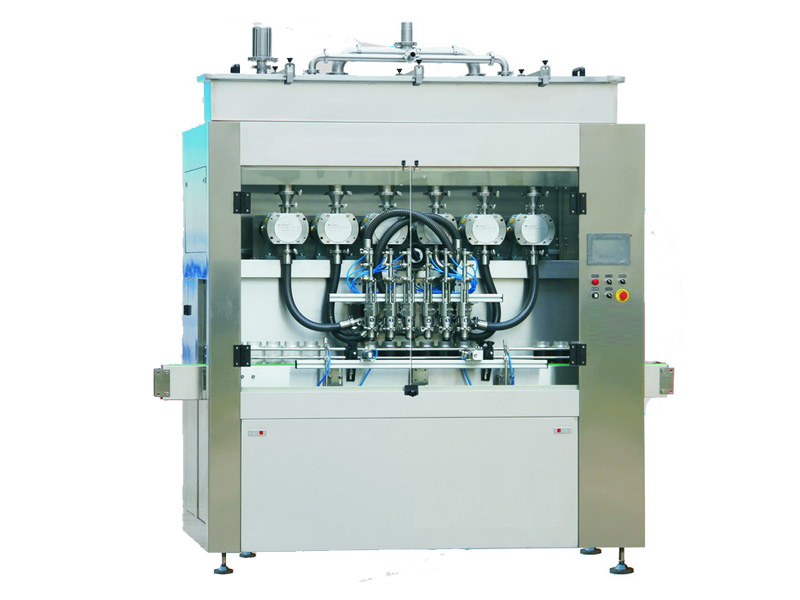
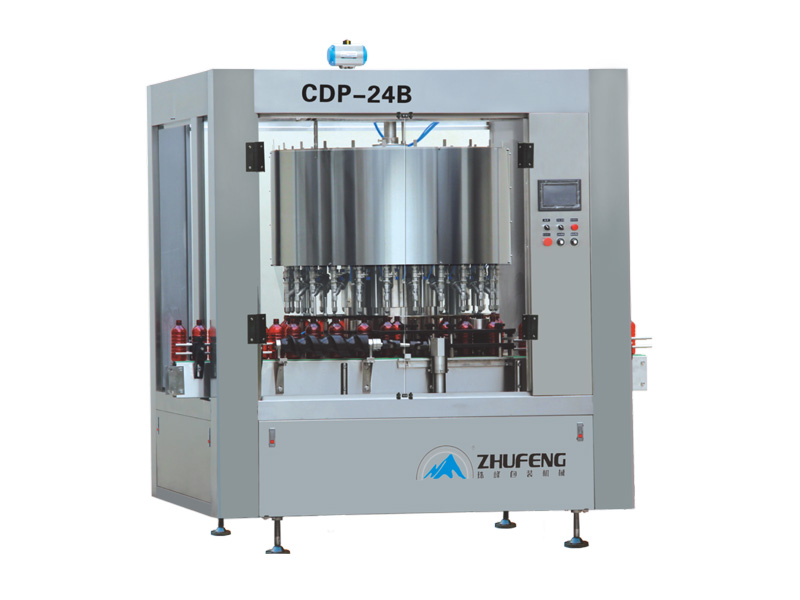
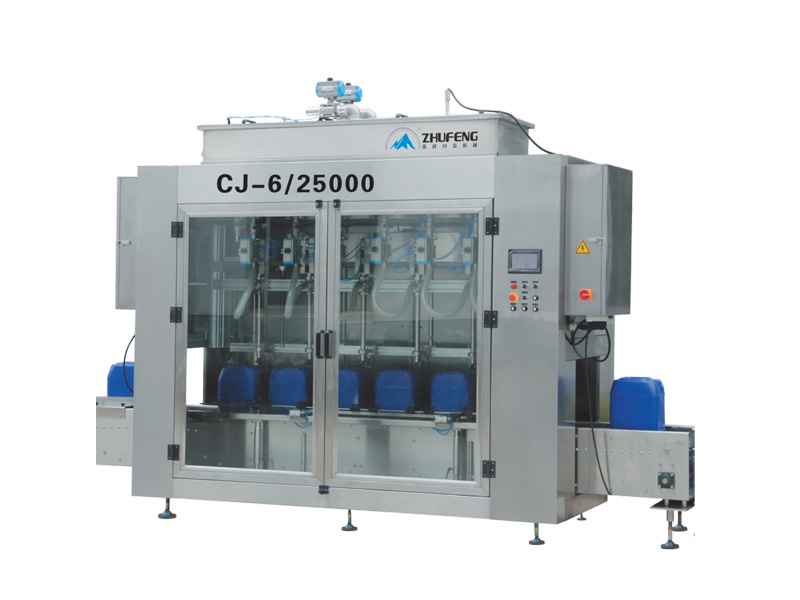
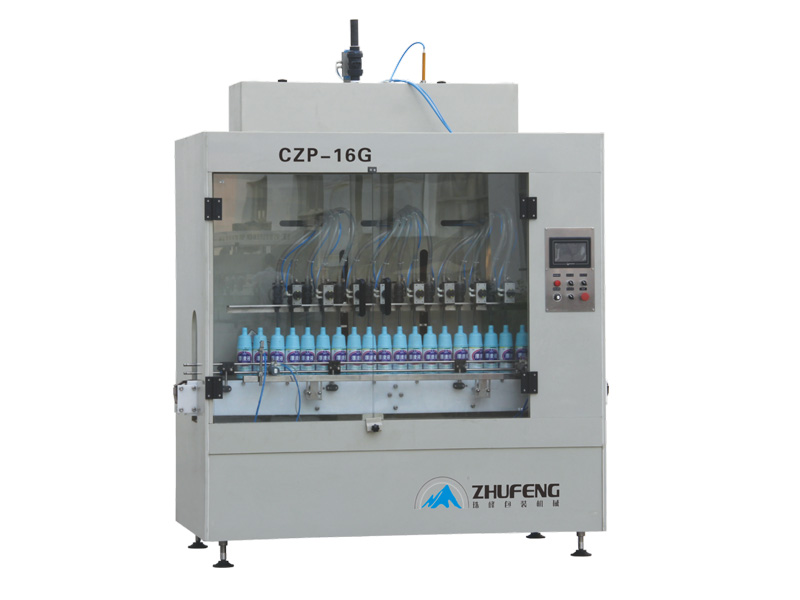
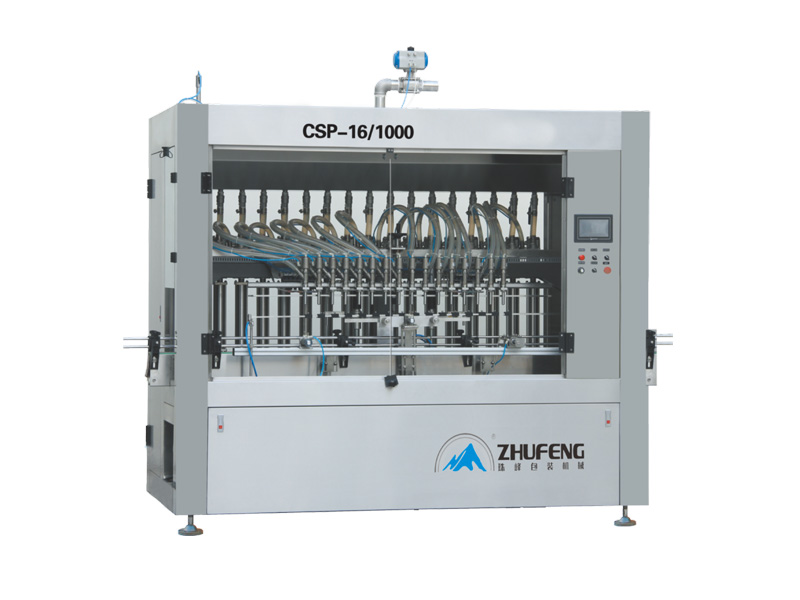
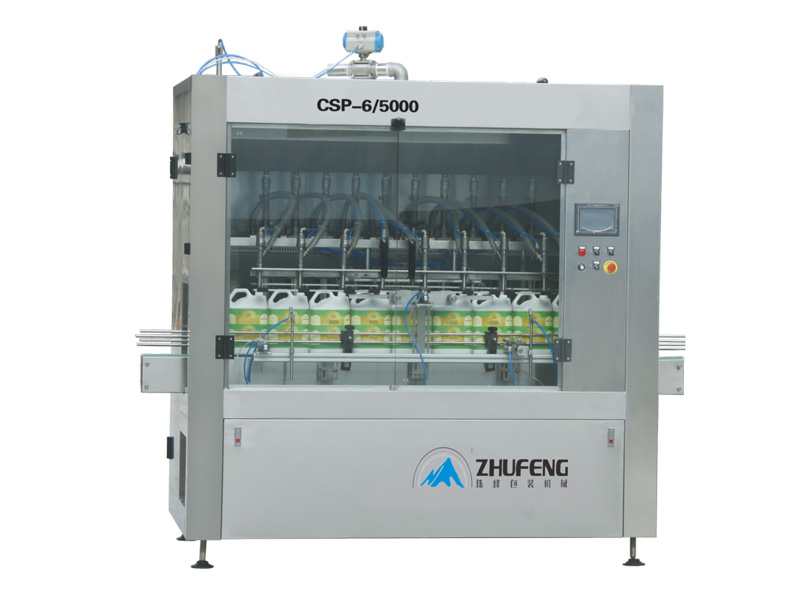
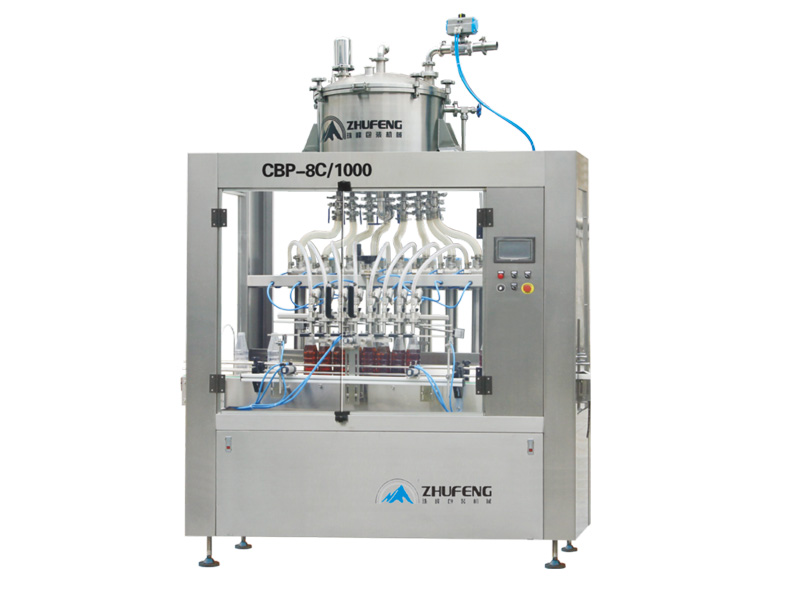
 IPv6 network supported
IPv6 network supported




